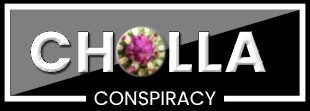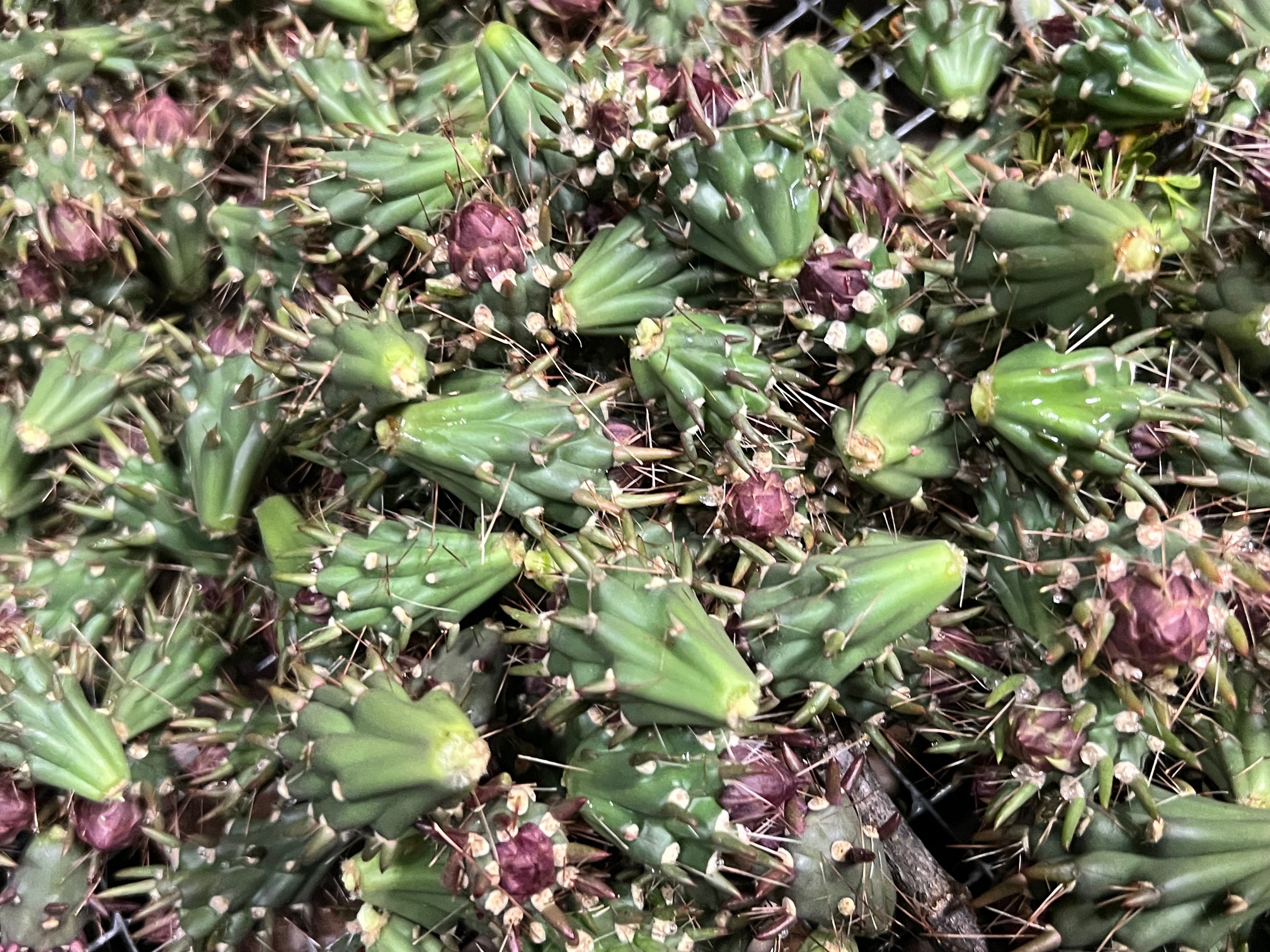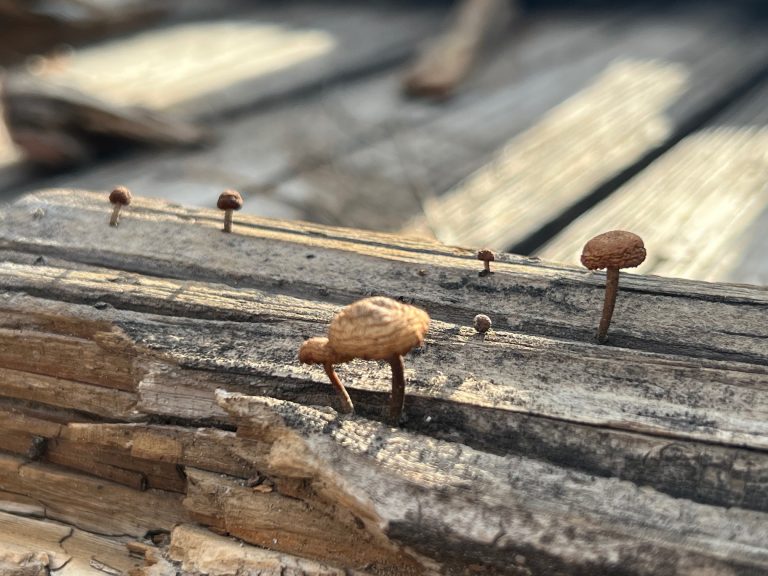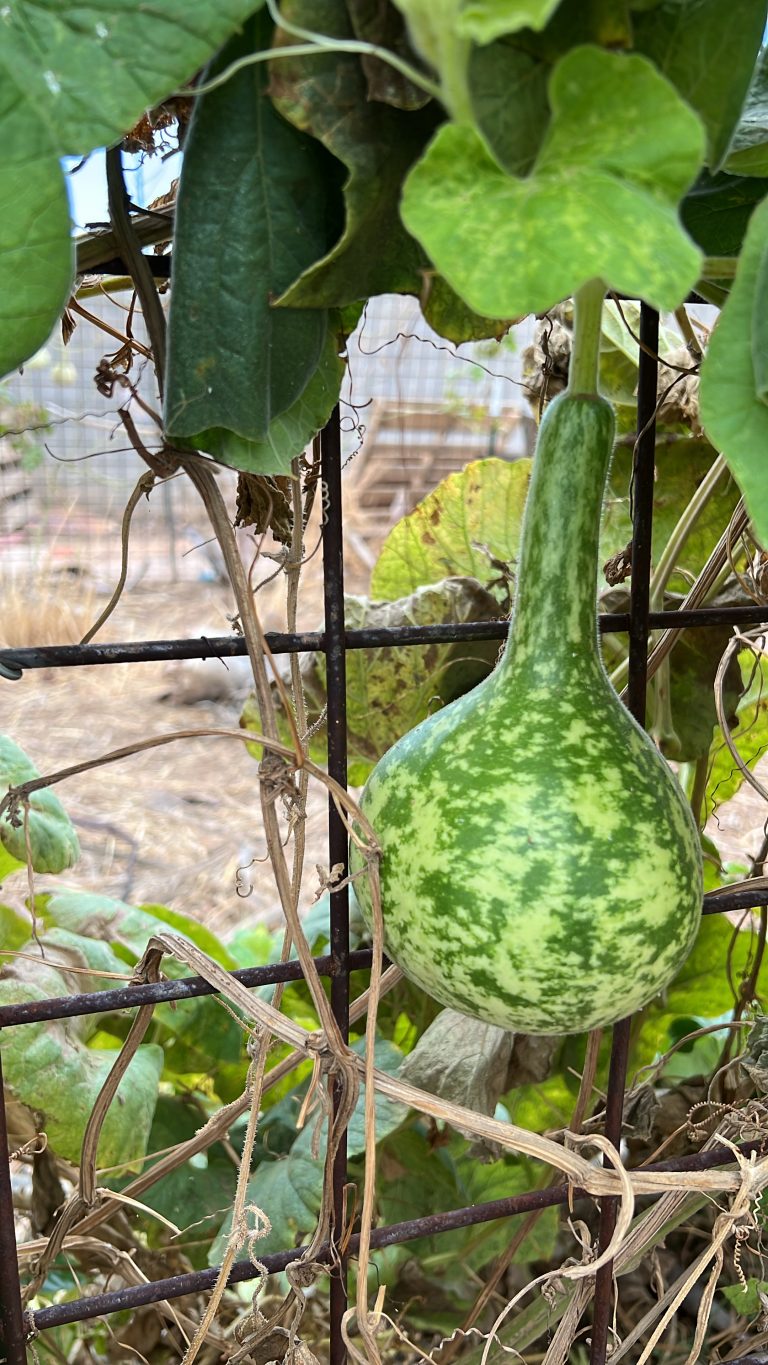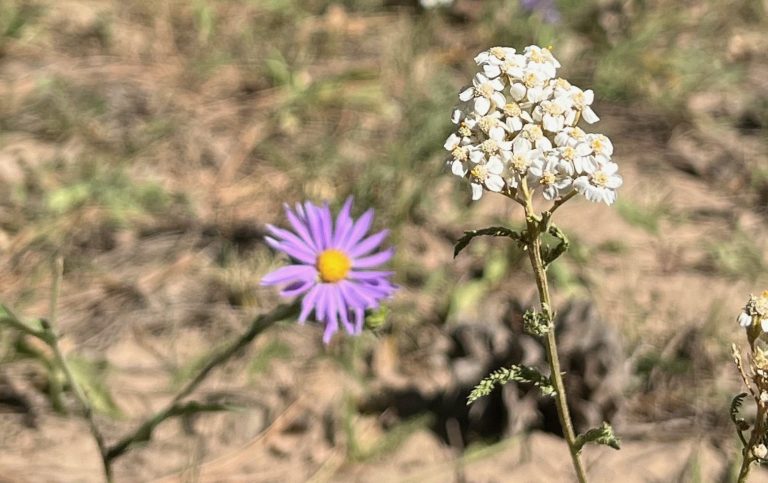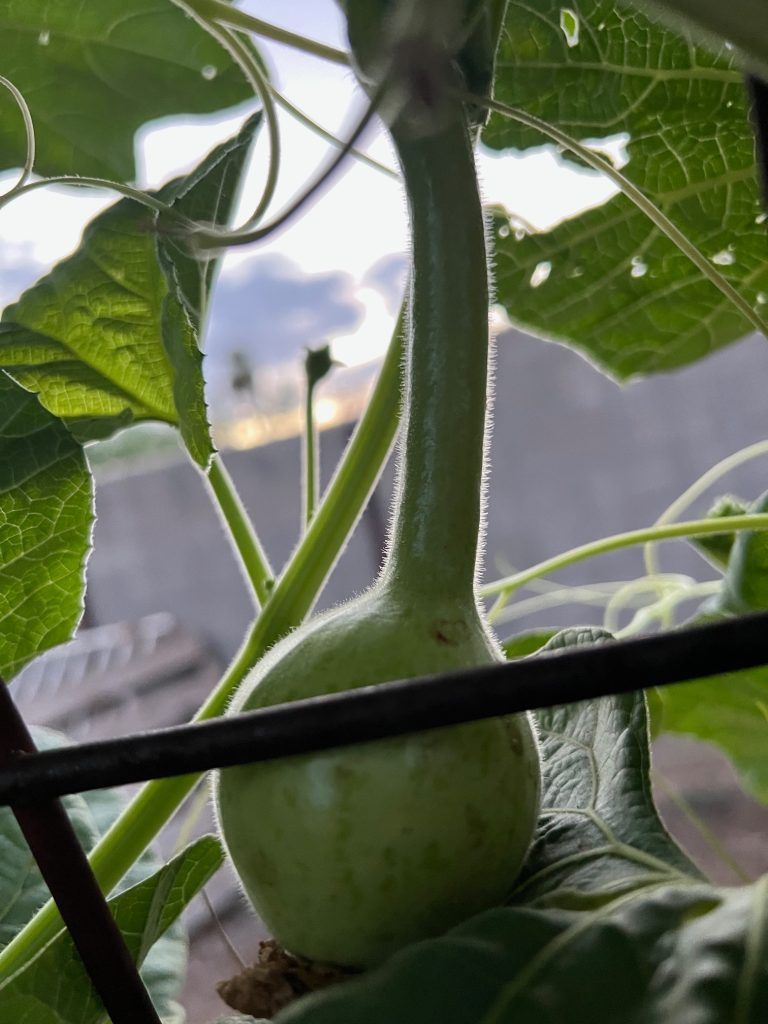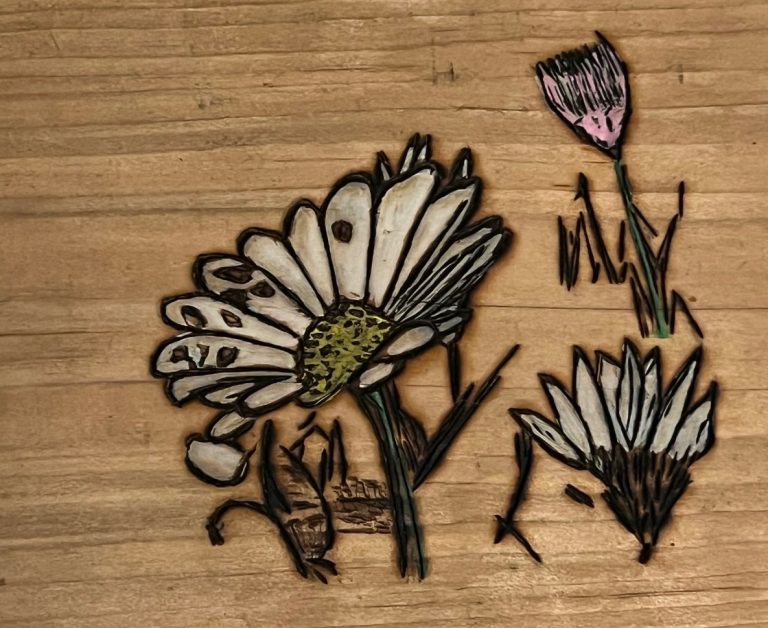Jan. 5, 2024
Last year, I joined Brad Lancaster (water conservation celebrity) and a group of people to learn about harvesting the immature flower buds from the cholla cactus. He showed us how to brush the spines off the fruit with a creosote branch, take cuttings to transplant at our own homes, and we shared some chips with a salsa made from wolfberry, cholla buds, cilantro and jalapeno. It was amazing. Brad showed us how he has a jar of dried buds from last year and he will add some to a pot of food and cook it in the solar oven. During this time, the flower buds reconstitute and are ready to eat. I had already been getting into learning about my environment and what could be foraged, so this was a delightful revelation. I had been harvesting prickly pear fruit for several years at this point, and I always wondered if cholla fruit was edible, and if so, was it any good? I was told that all cactus fruit is edible, but I would like to double check that from a reliable source. However, it is certainly a fact that cholla buds as well as the fruit produced by the cactus are, indeed, edible.
The Tohono O’odham, a native american tibe in the southwestern U.S., call the buds “ciolim” (pronounced “Chee’-or-lim” or “Chorr’-lim” depending on who you ask) and they (and other people) relied on this and other sources of desert vegetation for survival. Although agriculture has been documented here for 4,100 years (https://www.missiongarden.org/timeline), the intense seasons require special techniques and people utilized the resources in their environment as much as possible. It seems that agriculture in the Tucson basin originally was centered around the short monsoon season in late summer, so wild food would have been a large part of survival. Cholla buds were the first widely available food source from plants occurring after winter and harvest was done during what was called the “yellow moon”. This is when the desert would be covered in blooming cacti and tree flowers (during spring time). People would gather from all around to partake in the harvest, and the buds would be roasted to eat along with dancing and celebration. Surplus was dried and stored for later, or used for trade.
The main species of cholla that provide the preferred buds are staghorn cholla (Cylindropuntia versicolor), buckhorn (Cylindropuntia acanthocarpa) cholla, and pencil cholla (Cylindropuntia arbuscula). They have less thorns than some of the other types, like teddy bear cholla (Cylindropuntia bigelovii), and their structure makes accessing the buds fairly easy. The pencil cholla has good sized fruit and very little thorns from what I have read, although I have not harvested from this variety before personally. Staghorn and buckhorn cholla look similar, with some differences in the spines and fruit, and are so named apparently because the fruit looks like a buckhorn (https://cactusway.com/cholla-cactus-101-a-look-at-8-different-species/). Pencil cholla is similar but more narrow, as the name suggests.
Part of the fun of the day with Brad was that we got to pick out a few cuttings to take home with us. Many people consider cholla to be a nuisance and will eradicate it from their property. Others use cholla as a living security fence. Cholla flowers come in a wide range of colors: yellow, pink, purple, orange, etc. Birds, such as the cactus wren, use it as a fortified place to build a nest and raise their young.
Cholla cactus is iconic of The Sonoran Desert, and plays a vital ecological role. It is also a survivor, employing many strategies to ensure it’s propagation. To me, it is like a plant version of a wolf, grizzly bear, or other animals which have been misunderstood by society and seen as something to be gotten rid of. This cactus is a treasure, however, and many times reminds me of some otherworldly or underwater creature. I absolutely adore cholla. It is one of my favorite plants, but don’t touch it! Especially teddy bear cholla.
One time I was hiking through Sabino Canyon and, like usual, there were a lot of people there. As we were walking along, there were two girls in front of us and I watched a girl touch a teddy bear cholla, and of coarse it stuck into her hand and came off of the plant. As she was going to use her other hand to attempt to pull it out, I ran up and stopped her, and without a word I picked up two rocks and used them to pull it from her hand. I guarantee they were not from here lol. Love the cholla, from a distance.
